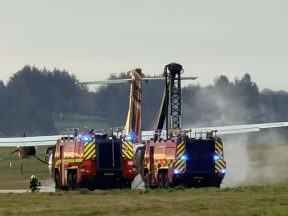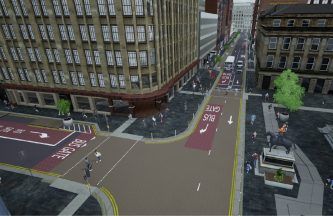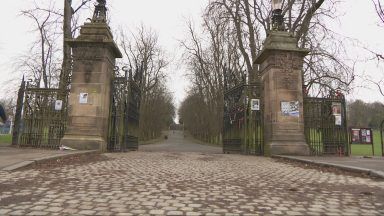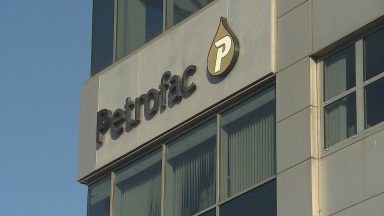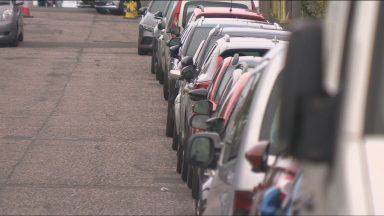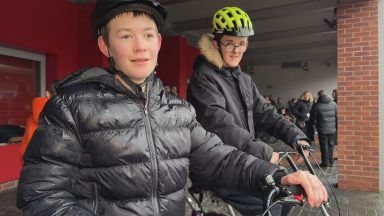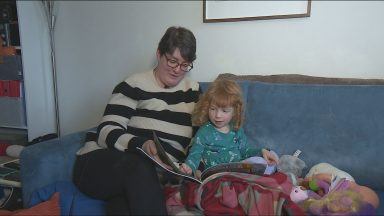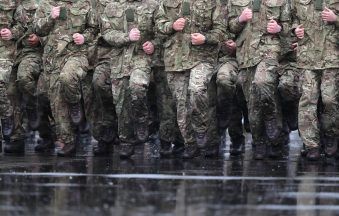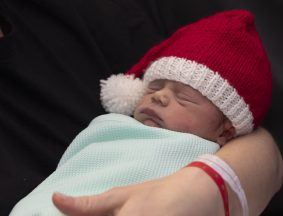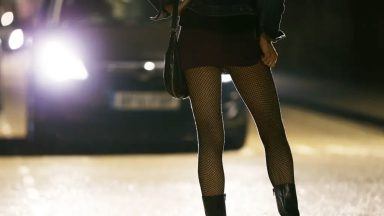More than 40% of Scotland’s secondary pupils are persistently absent from school, new figures show.
Figures released by the Scottish Government on Tuesday show a small reduction in the number of pupils in secondary schools who have been absent for 10% of the school year in 2023-24, falling from 41% in the year before to 40.6%.
But compared to the 2012-13 school year, the figure has risen from 26.7%.
Persistent absence in primary schools has also fallen slightly, from 25.6% to 23.9%, but remains well above the figures seen between 2010 and 2020, which ranged from 13.2% to 15.5%.
The proportion of pupils absent from school for more than 50% of the year is also at the highest since at least 2010, with 2.5% missing out, up from 2.3% the previous year.
A spokesman for the Scottish Government said the Covid-19 pandemic had effected attendance and the improvement was “welcome”, but added: “All children and young people should get the support that they need to reach their full potential, but we need sustained effort at all levels of the education system to ensure this happens.
“We are working with Education Scotland and the Interim Chief Inspector (Janie McManus) to address issues of attendance and identify ways to make further improvements across the country.
“This is in addition to the work which each local authority is doing as part of their prioritisation of improving attendance and reducing absence.”
But despite the absence figures, the attainment gap between the richest and poorest pupils in the country has generally reduced, figures show.
The Scottish Government had previously set a target to reduce the difference in attainment of pupils from different backgrounds, which it has struggled to do in the wake of the pandemic.
The figures released on Tuesday assessed the achievement of pupils in primaries one, four and seven as well as in S3 (third year of secondary school) in literacy, numeracy, listening and talking, writing and reading in 2022-23, logging the number in each category who achieved the expected level for their age group.
In the combined primary figures, each metric was down compared to the previous year, though the gap was still pronounced, with reading falling from 17.9% to 16.9%, writing from 20.3% to 19.5%, listening and talking from 13.8% to 12.2%, literacy 21.3% to 20.5% and numeracy from 17.8% to 17%.
The drops in S3 were more substantial, but a gap still remained, with reading down from 14.2% to 11.8%, writing from 15.1% to 12.8%, listening and talking from 12.7% to 11%, literacy from 16.3% to 13.7% and numeracy from 15% to 13.6%.
Education secretary Jenny Gilruth welcomed improved performance in literacy and numeracy, but accepted there was “still work to be done” on closing the attainment gap.
“These figures demonstrate a clear rise in standards across Scotland’s primary and secondary schools under this Government,” she said.
“I am grateful to all of our teachers and schools who have worked incredibly hard to support children across the country to achieve record high levels of literacy and numeracy.
“The Scottish Government has been consistently clear in its aim to close the poverty-related attainment gap, which is why we are investing £1bn in the Scottish Attainment Challenge and supporting the expansion of free school meals and breakfast clubs.
“These figures show that this extra support for disadvantaged pupils is having an impact with the attainment gap in literacy at a record low level.
“We absolutely recognise that there is still work to be done, but we should recognise the significant progress these figures represent.”
The figures come at the same time as other statistics showing a drop in teacher numbers.
Numbers in the classroom dropped to 53,412 full time equivalent (FTE) teachers, down by 621 from last year, with the vast majority of the drop being seen in primary school teachers, where 629 fewer were logged, with other sectors showing an increase.
The proportion of teaching probationers who secured a teaching post following their probation year also dropped from 71% last year to 65% in 2024, while the pupil to teacher ratio across the country rose from 13.2 pupils per teacher to 13.3
A spokesman for the Government described the fall as “disappointing”, with the Education Secretary due to address the issue in Holyrood on Tuesday.
Scottish Labour’s education spokeswoman Pam Duncan-Glancy said the Scottish Government had allowed the country’s “world-class education system to decline”.
She said: “On the SNP’s watch, classrooms are like pressure cookers and sky-high absence rates mean thousands of pupils are missing out on an education, but things are moving in the wrong direction.
“Hardworking teachers are being asked to do the impossible and the poorest pupils in Scotland are paying the harshest price for the SNP’s failure.
“Scotland’s young people deserve a world-class education system that provides opportunity for all and gives every single child the best start in life.”
Scottish Tory education spokesman Miles Briggs said the figures “deliver a damning verdict” on the Scottish Government’s record on education: “Everyone involved in Scotland’s education system is being failed by an SNP government who are detached from the reality in our schools.
“It is time for them to change approach and adopt common sense measures to reverse this alarming decline.”
Follow STV News on WhatsApp
Scan the QR code on your mobile device for all the latest news from around the country


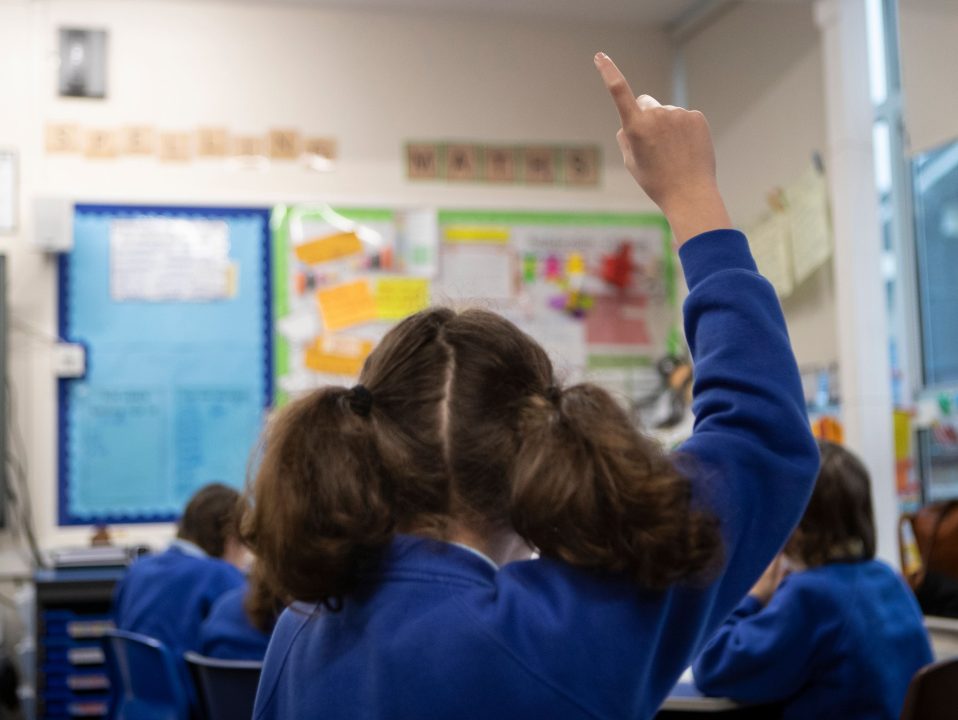 PA Media
PA Media



